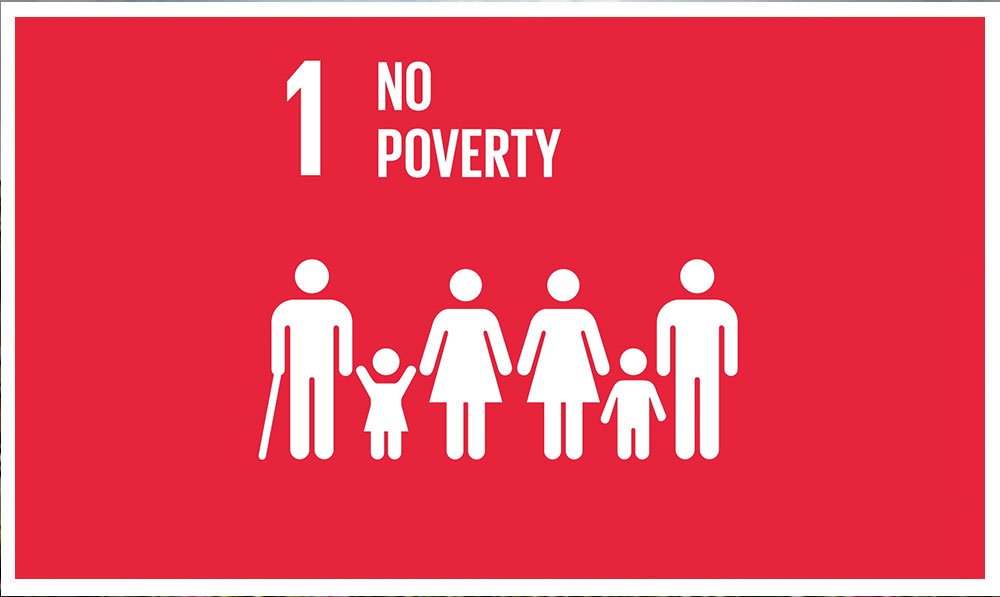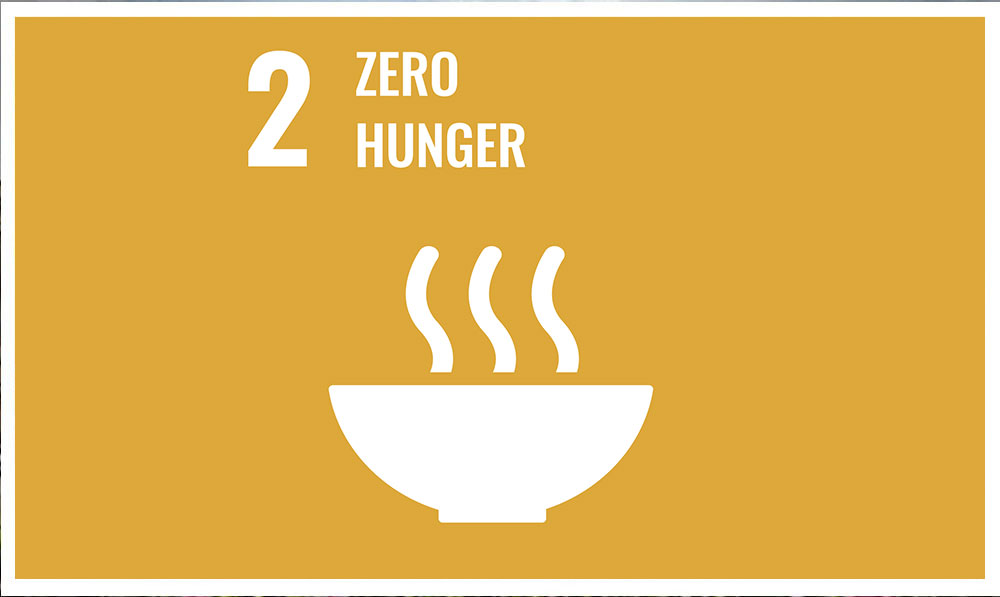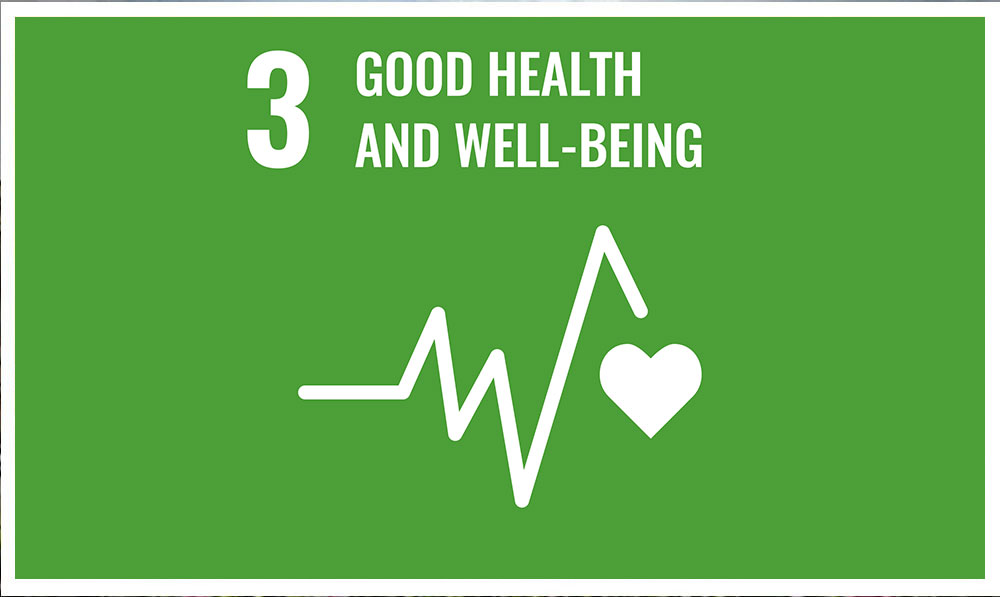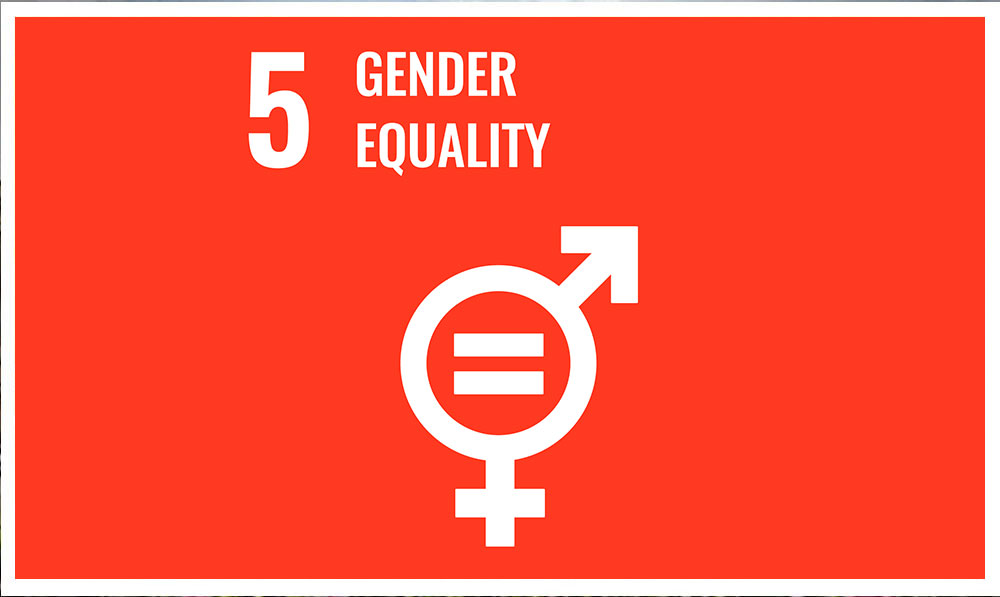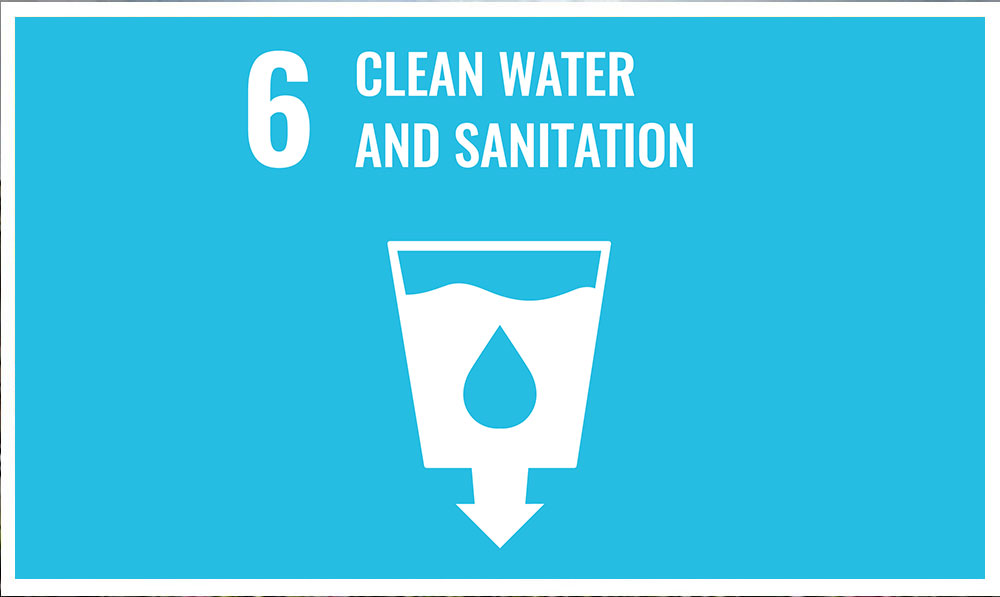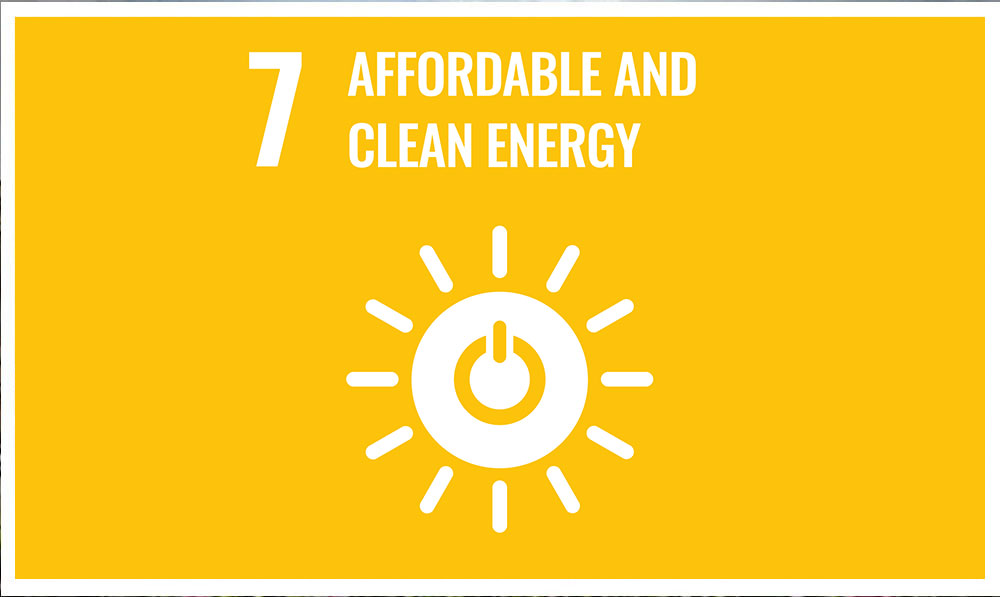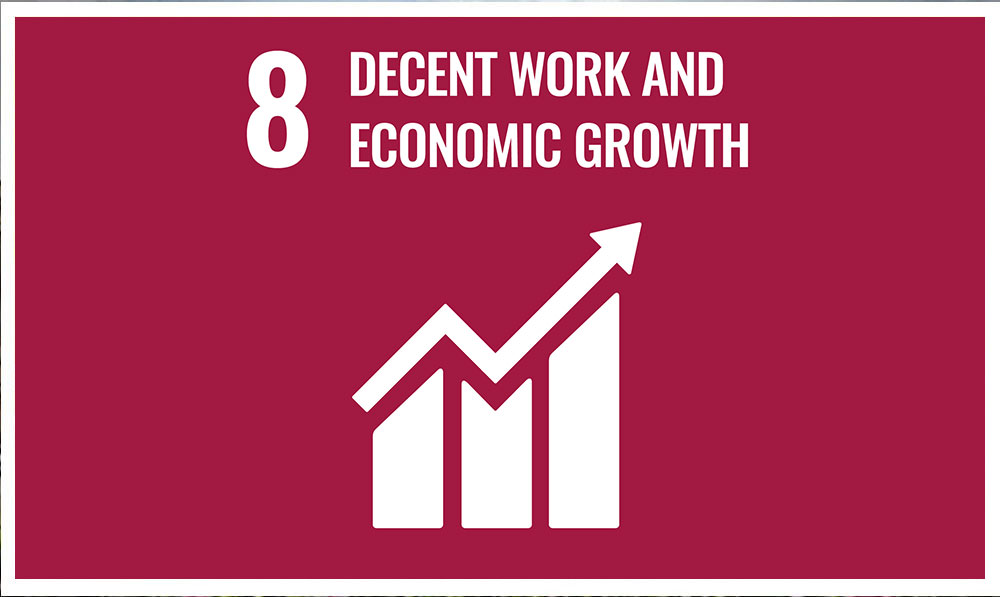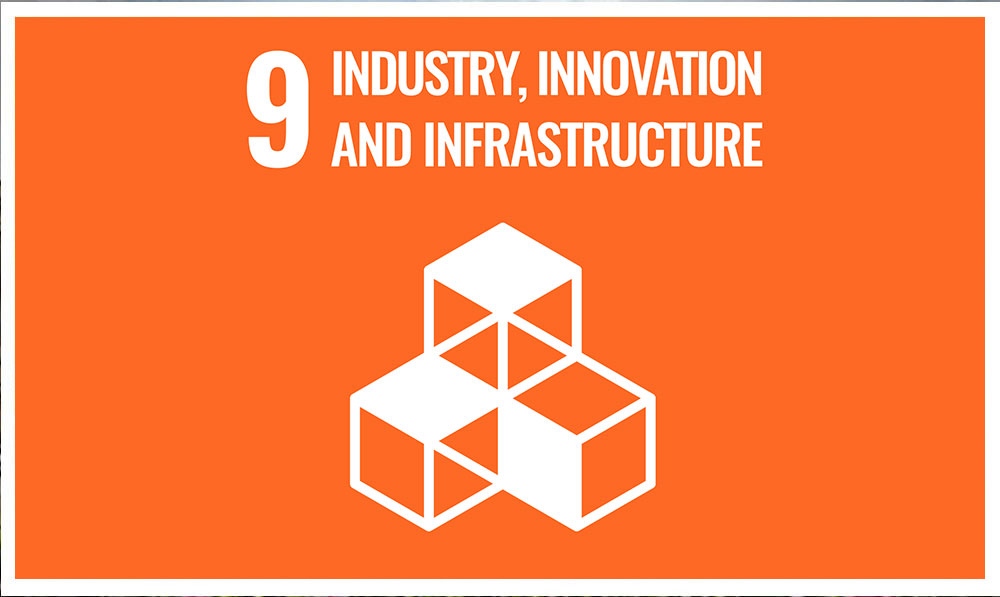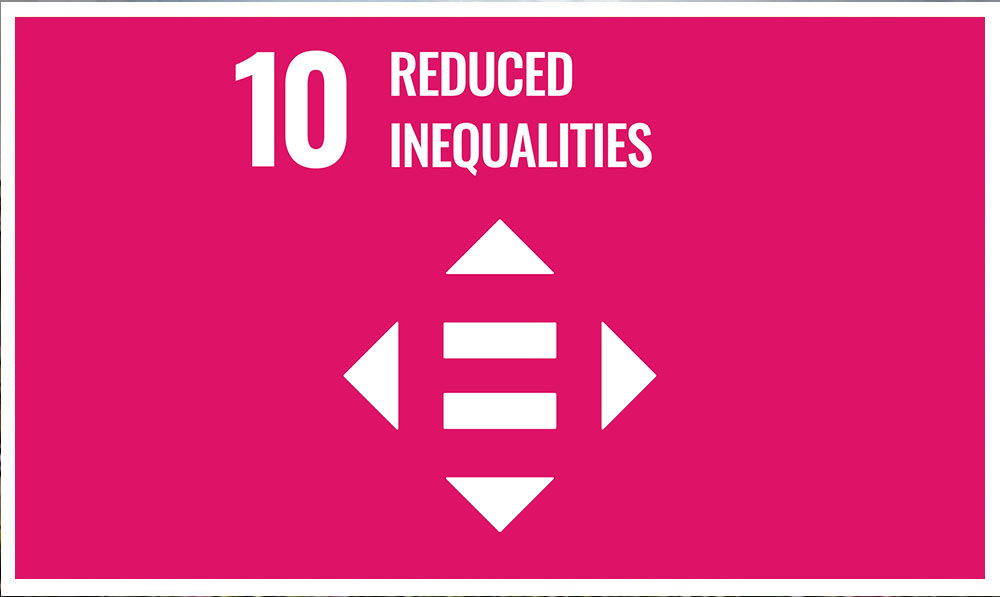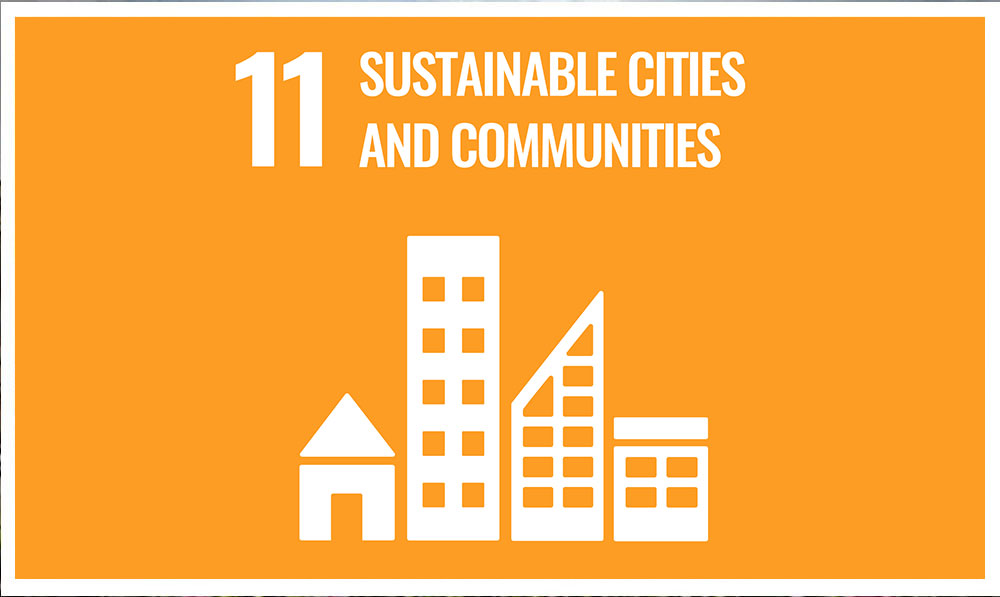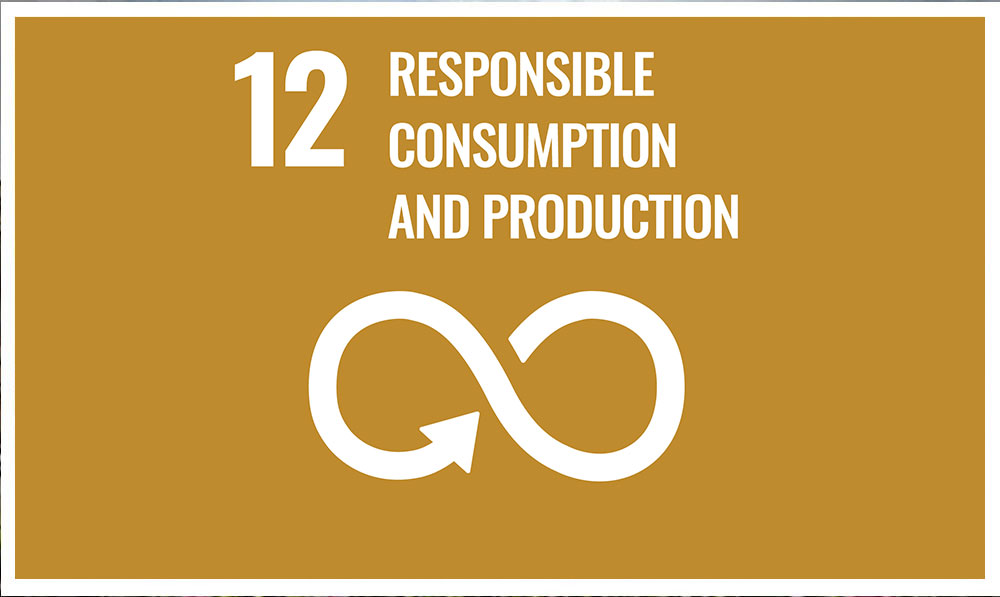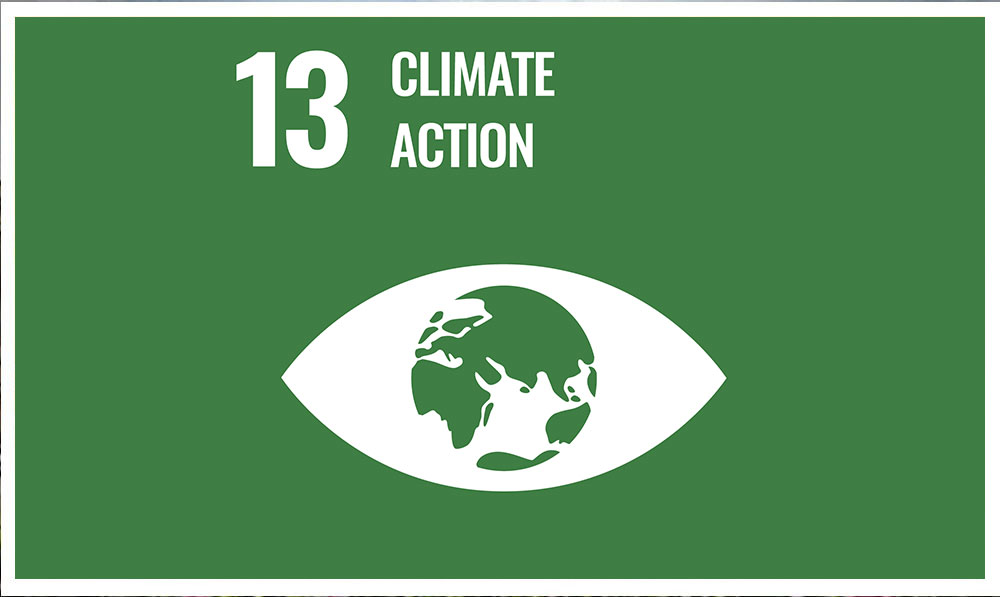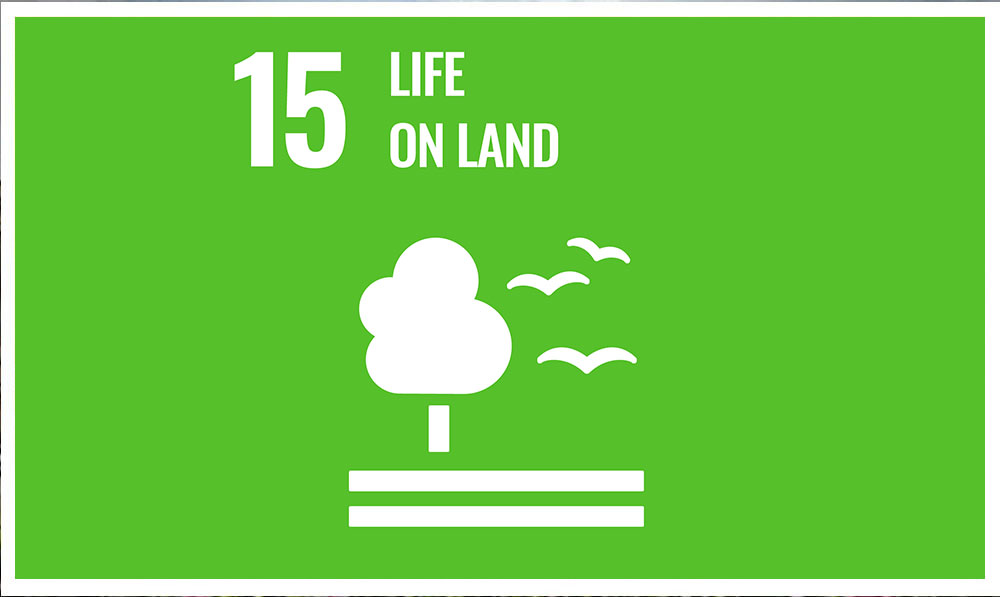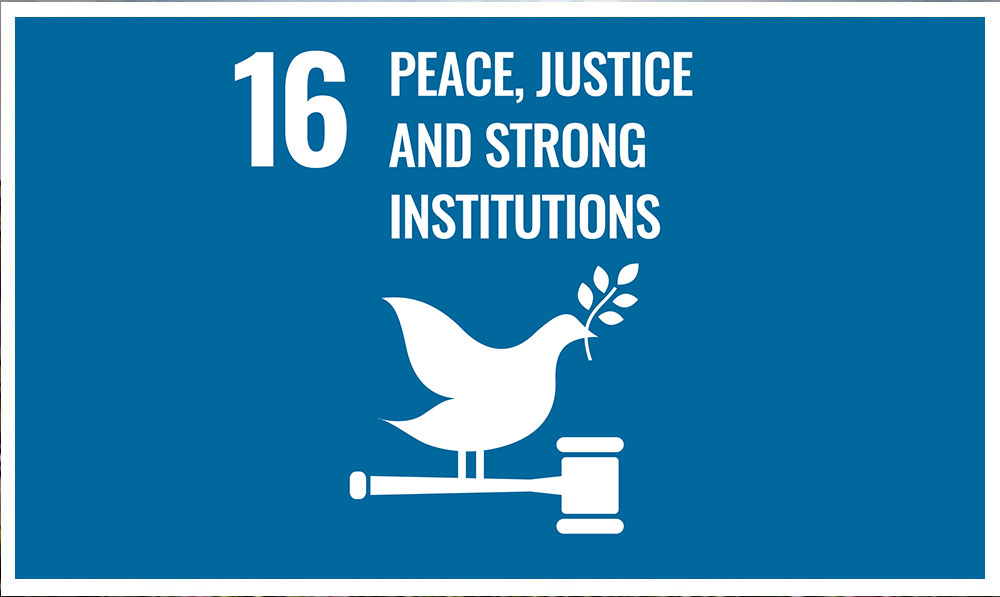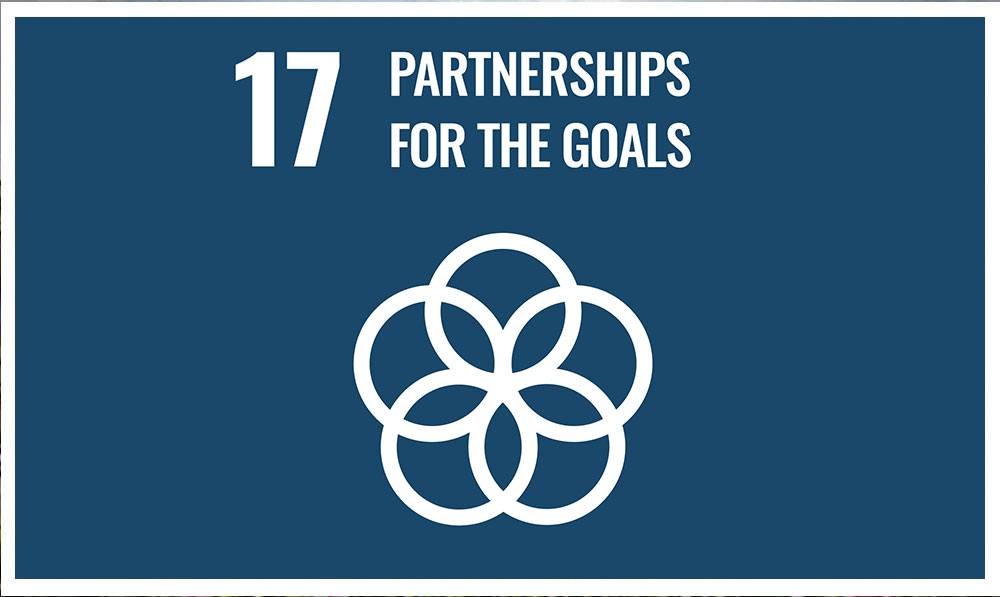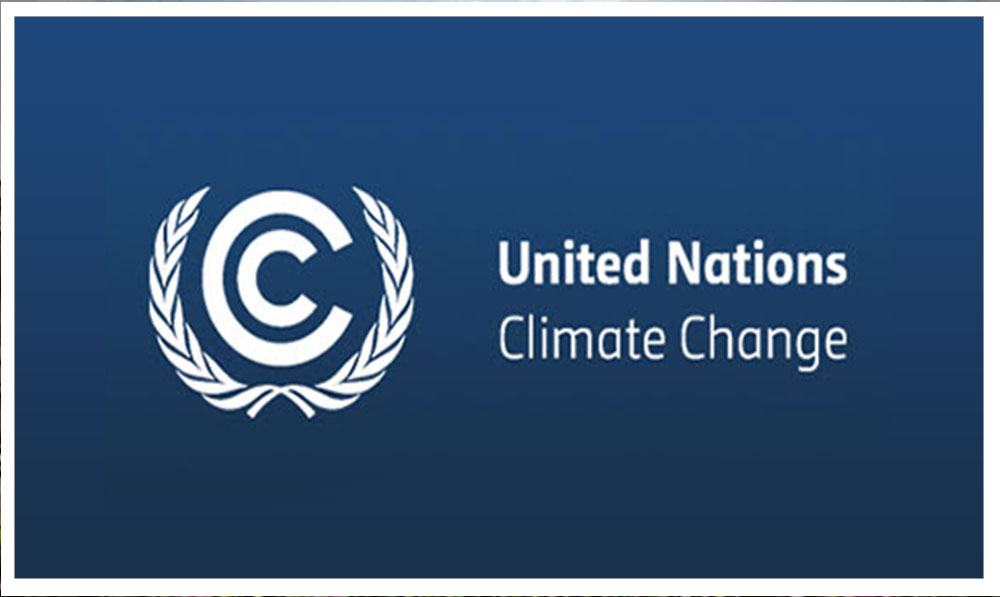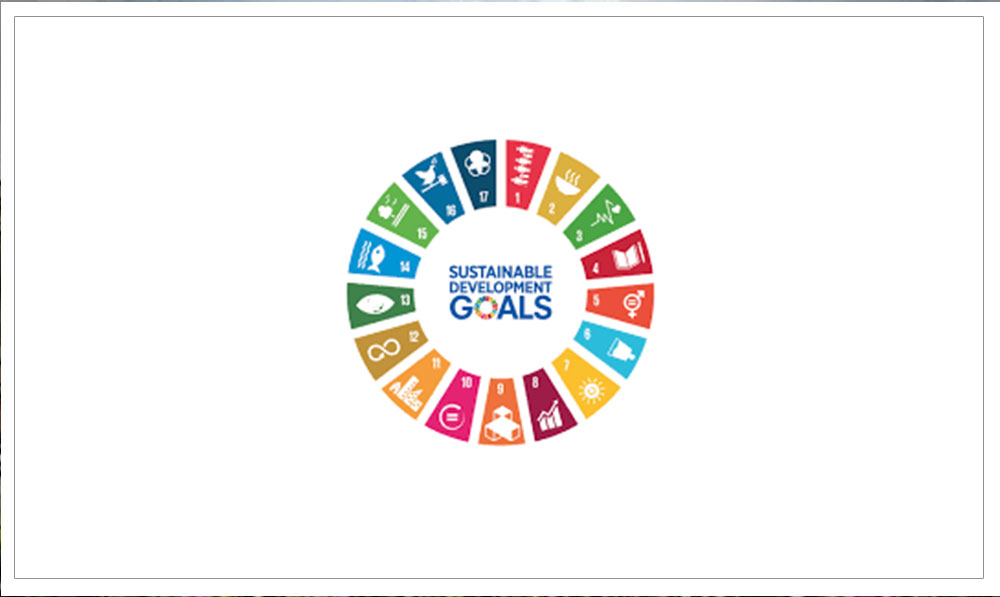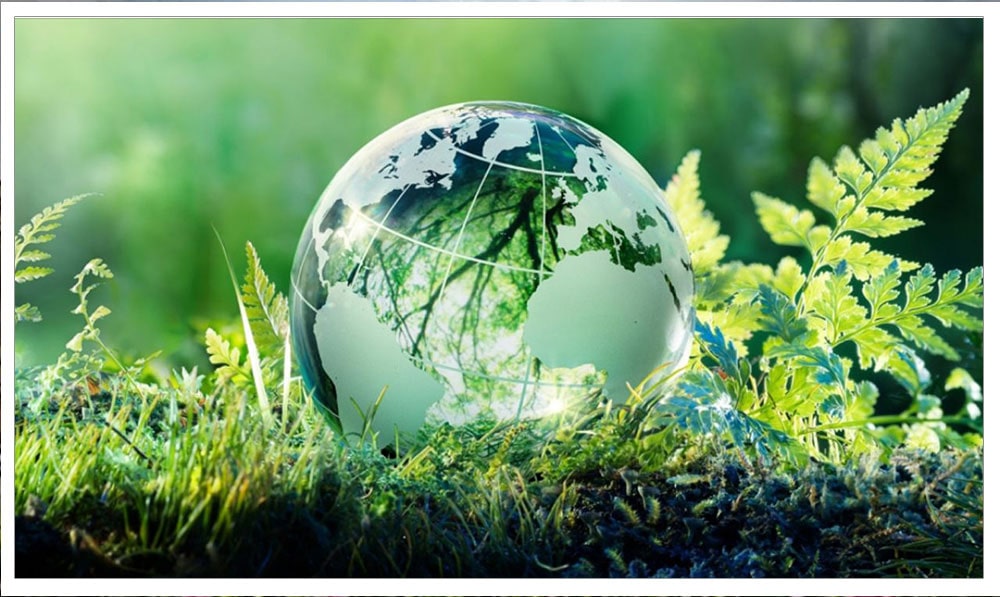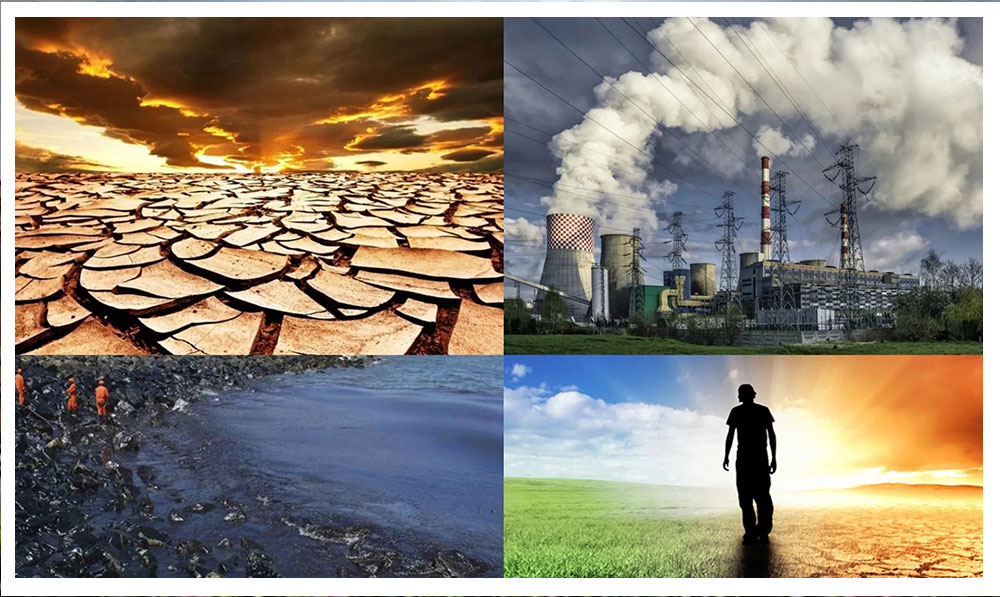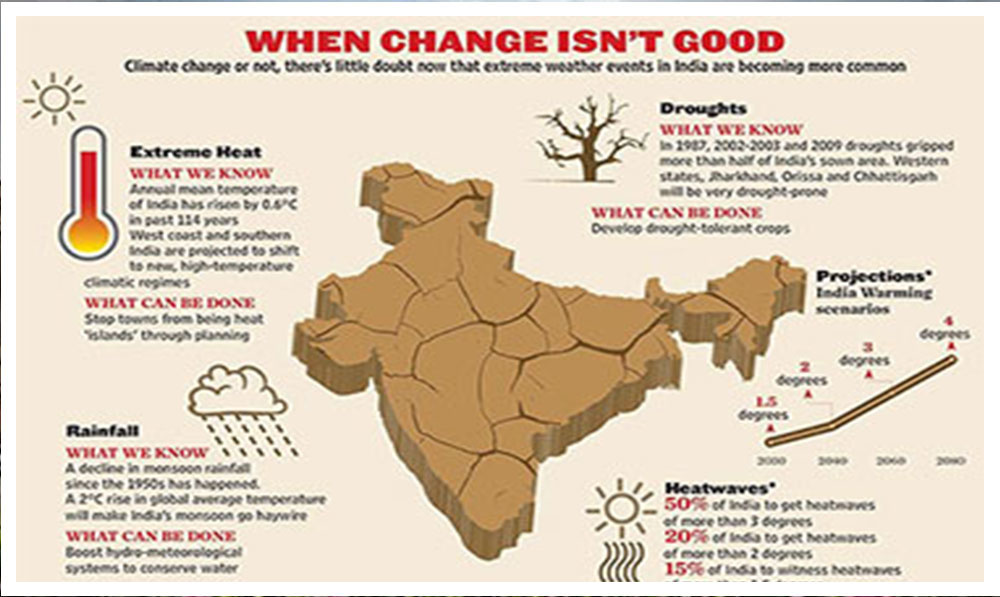Community
Climate Change Basics
- Climate change is characterised as a significant change in average weather conditions over several decades or longer—for example, weather becoming warmer, wetter, or drier. Climate change is distinguished from natural weather fluctuation by the longer-term tendency.
- Climate change appears in a variety of ways, affecting all living things in different ways. Those who have contributed the least to the core causes of climate change—the economically poor—are the most likely to be affected by its harshest consequences across the world.
Climate refers to a location's overall weather conditions over a long period of time. Present-day weather and climate are monitored by earth-orbiting satellites, remote meteorological stations, and ocean buoys, but paleoclimatology data from natural sources such as ice cores, tree rings, corals, and ocean and lake sediments has allowed scientists to extend the earth's climatic records back millions of years. These data give us a complete picture of the earth's atmosphere, seas, land surfaces, and cryosphere across time (frozen water systems). Scientists then input this information into sophisticated climate models, which can accurately anticipate future climate patterns.
The physics of the Earth's climate system are straightforward. The globe cools as energy from the sun is reflected off the earth and back into space (primarily by clouds and ice), or when the earth's atmosphere releases energy. The world heats as it absorbs the sun's energy or when atmospheric gases prevent heat emitted by the earth from escaping into space (the greenhouse effect). A multitude of natural and human-made causes can have an impact on the Earth's climate system.
1. Natural Causes of Climate Change:
Long before people existed, the globe experienced periods of warming and cooling. The sun's intensity, volcanic eruptions, and variations in naturally available greenhouse gas concentrations are all factors that can contribute to climate change. However, data show that today's climate warming—particularly that since the mid-20th century—is occurring at a considerably quicker rate than ever before, and it cannot be explained only by natural processes. "These natural mechanisms are still at work now," NASA says, "but their effect is too modest or they occur too slowly to explain the dramatic warming witnessed in recent decades."
Milankovitch (Orbital) Cycles and Their Role in Earth's Climate
A century ago, Serbian scientist Milutin Milankovitch hypothesized the long-term, collective effects of changes in Earth’s position relative to the Sun are a strong driver of Earth’s long-term climate, and are responsible for triggering the beginning and end of glaciation periods (Ice Ages).
Specifically, he examined how variations in three types of Earth orbital movements affect how much solar radiation (known as insolation) reaches the top of Earth’s atmosphere as well as where the insolation reaches. These cyclical orbital movements, which became known as the Milankovitch cycles, cause variations of up to 25 percent in the amount of incoming insolation at Earth’s mid-latitudes (the areas of our planet located between about 30 and 60 degrees north and south of the equator).
- Eccentricity: the shape of Earth’s orbit.
- Obliquity: the angle Earth’s axis is tilted with respect to Earth’s orbital plane
- Precession: The direction Earth’s axis of rotation is pointed, as Earth rotates, it wobbles slightly upon its axis, like a slightly off-center spinning toy top.
2. Anthropogenic Causes of Climate Change:
The greenhouse gas (GHG) emissions produced by human activity—are the primary driver of the earth's rapidly changing climate today. Greenhouse gases serve a critical function in keeping the world warm enough for humans to live on. However, the number of these gases in our atmosphere has increased dramatically in recent decades. According to the United States Environmental Protection Agency, present levels of carbon dioxide, methane, and nitrous oxide are "unprecedented in the last 800,000 years." Indeed, the percentage of carbon dioxide in the atmosphere—the planet's primary contributor to climate change—has increased by 46% since preindustrial times.
- The major source of human-generated emissions is the use of fossil fuels such as coal, oil, and gas for power, heat, and transportation.
- Deforestation, which releases sequestered (or stored) carbon into the atmosphere, is a second important source. Logging, clearcutting, fires, and other kinds of forest degradation are projected to emit an average of 8.1 billion metric tonnes of CO2 each year, accounting for more than 20% of total world CO2 emissions.
- Other human activities that contribute to air pollution include the usage of fertiliser (a significant source of nitrous oxide emissions), animal production (cattle, buffalo, sheep, and goats are big methane emitters), and some industrial operations that create fluorinated gases.
- Changes in how humans utilise land — for example, for woods, farms, or cities — may have both warming and cooling impacts locally by altering the reflectivity of Earth's surfaces (affecting how much sunlight is reflected back into space) and by altering how moist a region is.
A Climate Time Machine
The small changes set in motion by Milankovitch cycles (eccentricity, obliquity and precession) operate separately and together to influence Earth’s climate over very long timespans, leading to larger changes in our climate over tens of thousands to hundreds of thousands of years. Milankovitch combined the cycles to create a comprehensive mathematical model for calculating differences in solar radiation at various Earth latitudes along with corresponding surface temperatures. The model is sort of like a climate time machine: it can be run backward and forward to examine past and future climate conditions.
Milankovitch assumed changes in radiation at some latitudes and in some seasons are more important than others to the growth and retreat of ice sheets. In addition, it was his belief that obliquity was the most important of the three cycles for climate, because it affects the amount of insolation in Earth’s northern high-latitude regions during summer (the relative role of precession versus obliquity is still a matter of scientific study).
He calculated that Ice Ages occur approximately every 41,000 years. Subsequent research confirms that they did occur at 41,000-year intervals between one and three million years ago. But about 800,000 years ago, the cycle of Ice Ages lengthened to 100,000 years, matching Earth’s eccentricity cycle.
Milankovitch cycles can’t explain current climate change
Milankovitch cycles cannot account for the current period of rapid warming Earth has experienced since the pre-Industrial period (the period between 1850 and 1900), and particularly since the mid-20th Century. Scientists are confident Earth’s recent warming is primarily due to human activities — specifically, the direct input of carbon dioxide into Earth’s atmosphere from burning fossil fuels.
First,
Milankovitch cycles operate on long time scales, ranging from tens of thousands to hundreds of thousands of years. In contrast, Earth’s current warming has taken place over time scales of decades to centuries. Over the last 150 years, Milankovitch cycles have not changed the amount of solar energy absorbed by Earth very much. In fact, NASA satellite observations show that over the last 40 years, solar radiation has actually decreased somewhat.
Second,
Milankovitch cycles are just one factor that may contribute to climate change, both past and present. Even for Ice Age cycles, changes in the extent of ice sheets and atmospheric carbon dioxide have played important roles in driving the degree of temperature fluctuations over the last several million years.
Finally,
Earth is currently in an interglacial period (a period of milder climate between Ice Ages). If there were no human influences on climate, scientists say Earth’s current orbital positions within the Milankovitch cycles predict our planet should be cooling, not warming, continuing a long-term cooling trend that began 6,000 years ago.
According to the World Economic Forum's Global Risks Report 2021, the failure to reduce and adapt to climate change is the "most significant" danger confronting societies globally, surpassing even weapons of mass destruction and water problems. As climate change modifies global ecosystems, it impacts everything from where we live to the water we drink to the air we breathe. While climate change affects everyone in some way, it is undeniable that the most devastating consequences are suffered disproportionately by particular groups: women, children, people of colour, Indigenous communities, and the economically underprivileged. The environment is a human rights concern. The following are the few consequences of its cascading effects:
- Hotter temperatures:Almost all geographical regions are experiencing an increase in hot days and heat waves; 2020 was one of the warmest years on record. Heat-related diseases become more common as temperatures rise, making it more difficult to work and move around. When temperatures are hotter, wildfires start more readily and spread more quickly.
- More severe storms:Temperature variations induce changes in rainfall. As a result, storms become more violent and frequent. Flooding and landslides devastate homes and towns and cost billions of dollars.
- Increased drought: Water is becoming increasingly limited in many areas. Droughts may cause devastation by causing sand and dust storms that can transport billions of tonnes of sand across continents. Deserts are rising in size, diminishing available farmland. Many individuals are now threatened by a lack of water on a daily basis.
- A warming, rising ocean:The ocean absorbs the majority of the heat emitted by global warming. This causes ice sheets to melt and sea levels to rise, posing a hazard to coastal and island settlements. The water also absorbs CO2, keeping it out of the atmosphere. More carbon dioxide causes the water to become more acidic, endangering marine life.
- Loss of species:Climate change endangers the existence of species on land and in the sea. As the temperature rises, so do the hazards. Among the various hazards include forest fires, extreme weather, and exotic pests and illnesses. Some species will be able to move and thrive, while others will perish.
- Not enough food:Climate change and an increase in extreme weather events are among the factors contributing to a global increase in hunger and malnutrition. Fisheries, crops, and cattle may be damaged or depleted. Heat stress can reduce the availability of water and pastures for grazing.
- More health risks:Changing weather patterns are spreading diseases such as malaria. Extreme weather events enhance diseases and death rates, making it difficult for health care systems to keep up. Other health problems include increasing hunger and poor nutrition in areas where people are unable to cultivate or get enough food.
- Poverty and displacement: Climate change increases the factors that put and keep people in poverty. Floods may sweep away urban slums, destroying homes and livelihoods. Heat can make it difficult to work in outdoor jobs. Weather-related disasters displace 2.3 crore people a year, leaving many more vulnerable to poverty.
- Our last decade—2010 to 2019—was hotter than any other decade in at least the past 1,300 years. Second place goes to the decade before it: 2000 to 2009.
- The first half of 2021 was marked by record heat, drought, and wildfires in the western United States and Canada and by record rainfall and flooding in Europe.
- IPCC has stated—with its highest degree of confidence—“It is extremely likely that more than half of the observed increase in global average surface temperature from 1951 to 2010 was caused by the anthropogenic increase in GHG concentrations and other anthropogenic forcings together.”
Although global warming is a long-term trend, it does not imply that each year will be warmer than the preceding one. Even as the climate warms, day-to-day and year-to-year fluctuations in weather patterns will continue to generate occasional extremely chilly days and nights, winters and summers.
Climatic change include not just changes in global averaged surface temperature, but also changes in air circulation, the extent and patterns of natural climate variability, and local weather patterns. La Nia episodes cause weather patterns to alter, causing certain places to become wetter, and rainy summers to be typically colder. Stronger winds from the arctic areas might lead to a colder winter on occasion. Similarly, the persistence of one phase of the North Atlantic Oscillation, an atmospheric circulation pattern, has led to multiple recent harsh winters in Europe, eastern North America, and northern Asia.
As a result of human-caused greenhouse gas emissions, the Earth's lower atmosphere is becoming warmer and more humid. The warmer and moister atmosphere and warmer oceans (which provide more energy for storms) make it more likely that the strongest hurricanes will be more intense, produce more rainfall, affect new areas, and possibly be larger and longer-lived. Consistent with theoretical predictions, the types of events most closely related to temperatures, such as heatwaves and extremely hot days, are becoming more common. Heavy rainfall and snowfall events (which increase the risk of flooding) are also becoming more common.
Long-term measurements of tide gauges and recent satellite data show that global sea level is rising, with the best estimate of the rate of global-average rise over the last decade being 3.6 mm per year (0.14 inches per year). The rate of sea level rise has increased since measurements using altimetry from space were started in 1992; the dominant factor in global-average sea level rise since 1970 is human-caused warming. The overall observed rise since 1902 is about 16 cm (6 inches).
Yes. Even though an increase of a few degrees in global average temperature does not sound like much, global average temperature during the last ice age was only about 4 to 5 °C (7 to 9 °F) colder than now. Both theory and direct observations have confirmed that global warming of just a few degrees will be associated with greater warming over land than oceans, moistening of the atmosphere, shifts in regional precipitation patterns, increases in extreme weather events, ocean acidification, melting glaciers, and rising sea levels. These and other changes (such as sea level rise and storm surge) will have serious impacts on human societies and the natural world.
If CO2 emissions were to cease completely, it would take many thousands of years for atmospheric CO2 levels to recover to "pre-industrial" levels owing to the slow transit of CO2 to the deep ocean and eventual burial in ocean sediments. Surface temperatures would remain high for at least a thousand years, reflecting a long-term commitment to a warmer world as a result of past and current emissions. Even if temperatures stopped rising, sea level would most certainly continue to increase for many centuries. On human timeframes, the current CO2-induced warming of the Earth is thus essentially irreversible.
- IPCC is a scientific intergovernmental body under the auspices of the United Nations.
- It was first established in 1988 by two United Nations organizations, the World Meteorological Organization (WMO) and the United Nations Environment Programme (UNEP).
- Membership of the IPCC is open to all members of the WMO and UNEP.
- The IPCC produces reports that support the UNFCCC.
- IPCC reports cover all relevant information to understand the risk of human-induced climate change, its potential impacts and options for adaptation and mitigation.
- The IPCC does not carry out its own original research.
- Thousands of scientists and other experts contribute on a voluntary basis.
- The 2007 Nobel Peace Prize was shared, in two equal parts, between the IPCC and an American Environmentalist.
The aims of the IPCC are to assess scientific information relevant to:
- Human-induced climate change,
- The impacts of human-induced climate change,
- Options for adaptation and mitigation.
- The United Nations Conference on the Human Environment was first held in Stockholm, Sweden, in 1972.
- It marked the emergence of international environmental law.
- Membership of the IPCC is open to all members of the WMO and UNEP.
- It is also known as The Declaration on the Human Environment.
- It set out the principles for various international environmental issues, natural resource management, pollution prevention and the relationship between the environment and development.
United Nations Conference on Environment and Development (UNCED), byname Earth Summit, the conference held at Rio de Janeiro, Brazil (June 3–14, 1992), to reconcile worldwide economic development with protection of the environment.
The main documents agreed upon at the Earth Summit are as follows:
- The Convention on Biological Diversity: is a binding treaty requiring nations to take inventories of their plants and wild animals and protect their endangered species.
- The United Nations Framework Convention on Climate Change (UNFCCC), or Global Warming Convention: is a binding treaty that requires nations to reduce their emission of carbon dioxide, methane, and other “greenhouse” gases thought to be responsible for global warming; the treaty stopped short of setting binding targets for emission reductions, however.
- The Declaration on Environment and Development, or Rio Declaration: laid down 27 broad, nonbinding principles for environmentally sustainable development.
- Agenda 21 outlined global strategies for cleaning up the environment and encouraging environmentally sustainable development.
- The Statement of Principles on Forests, aimed at preserving the world’s rapidly vanishing tropical rainforests, is a nonbinding statement recommending that nations monitor and assess the impact of development on their forest resources and take steps to limit the damage done to them.
- The Kyoto Protocol was adopted on 11 December 1997. Owing to a complex ratification process, it entered into force on 16 February 2005. Currently, there are 192 Parties to the Kyoto Protocol.
- India ratified Kyoto Protocol in 2002.
- The USA never ratified Kyoto Protocol.
- The goal of the Kyoto Protocol: Fight global warming by reducing greenhouse gas concentrations in the atmosphere to “a level that would prevent dangerous anthropogenic interference with the climate system.”
- Kyoto protocol aimed to cut emissions of greenhouse gases across the developed world by about 5 per cent by 2012 compared with 1990 levels.
- The Protocol is based on the principle of common but differentiated responsibilities.
- Kyoto Protocol is the only global treaty with binding limits on GHG emissions.
- The Kyoto Protocol emission target gases include:
- Carbon dioxide (CO2),
- Methane (CH4),
- Nitrous oxide (N2O),
- Sulphur hexafluoride (SF6),
- groups of hydrofluorocarbons (HCFs) and
- groups of Perfluorocarbons (PFCs).
- The Paris Agreement is a legally binding international treaty on climate change. It was adopted by 196 Parties at COP 21 in Paris, on 12 December 2015 and entered into force on 4 November 2016
- Its goal is to limit global warming to well below 2, preferably to 1.5 degrees Celsius, compared to pre-industrial levels.
- To achieve this long-term temperature goal, countries aim to reach global peaking of greenhouse gas emissions as soon as possible to achieve a climate-neutral world by mid-century.
- The Paris Agreement is a landmark in the multilateral climate change process because, for the first time, a binding agreement brings all nations into a common cause to undertake ambitious efforts to combat climate change and adapt to its effects.
- The Paris Agreement works on a 5- year cycle of increasingly ambitious climate action carried out by countries. By 2020, countries submit their plans for climate action known as nationally determined contributions (NDCs).
- Reducing Emission intensity of Gross Domestic Product (GDP) - To reduce the emissions intensity of its GDP by 33 to 35 per cent by 2030 from the 2005 level.
- Increasing the Share of Non-Fossil Fuel Based Electricity - To achieve about 40 per cent cumulative electric power installed capacity from non-fossil fuel-based energy resources by 2030 with the help of the transfer of technology and low-cost international finance including from Green Climate Fund (GCF).
- Enhancing Carbon Sink (Forests) - To create an additional carbon sink of 2.5 to 3 billion tonnes of CO2 equivalent through additional forest and tree cover by 2030.
Sustainable Development Goals
The Sustainable Development Goals are the blueprint to achieve a better and more sustainable future for all. They address the global challenges we face, including poverty, inequality, climate change, environmental degradation, peace and justice. The SDGs are a universal call to action to end poverty, protect the planet and improve the lives and prospects of everyone, everywhere. The 17 Goals were adopted by all UN Member States in 2015, as part of the 2030 Agenda for Sustainable Development which set out a 15-year plan to achieve the Goals. Uttar Pradesh also intends to include sustainable development goals into all of its development programmes. “Uttar Pradesh Sustainable Development Goals Vison 2030” Uttar Pradesh-SDG VISION 2030 is a compilation of the visioning exercise and strategies developed for each goal by the identified nodal departments in consultation with departments concerned over several rounds of discussions and draft versions. It is indeed a shared dream and a vision for a common destination – a more sustainable resource base for the next generation and a more equitable society. Following are the brief details of the vision and strategies about the SDGs considered by the State of Uttar Pradesh.


